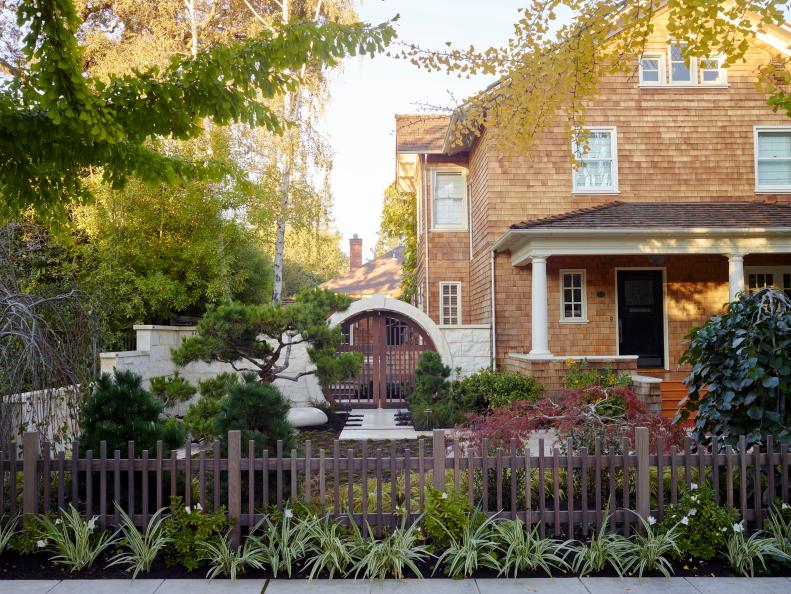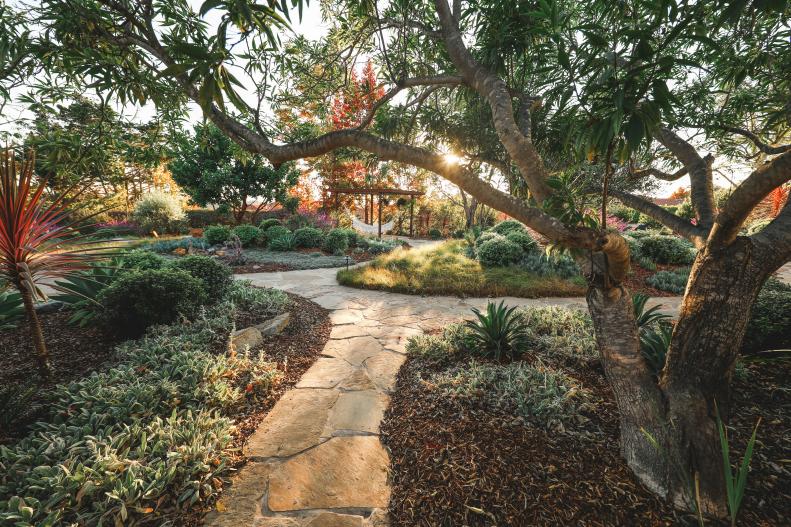1 / 25
Photo: Marion Brenner.
From:
Zeterre Landscape Architecture.
Meditation Garden Design
Research proves the anxiety-reducing power of both meditation and time outdoors, so why not combine the two? An outdoor space designated and designed for retreat and restoration can improve your well-being, and you don't need a large outdoor area to make it a reality. For example, this bungalow garden, located in the historic Professorville district of Palo Alto, California, sits on a lot of less than a quarter acre. The landscape architecture team carved out a garden retreat that complemented the home, preserved its native plants and exuded the Japanese style the owners so desired. Learn more about the key elements of a meditation garden like this one.









